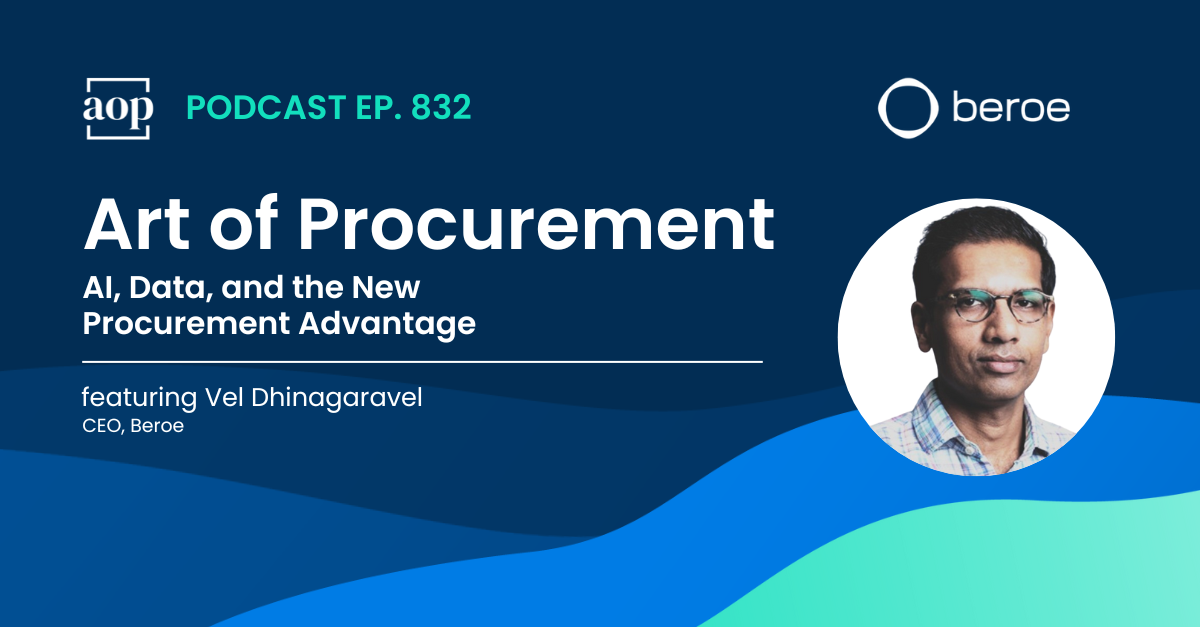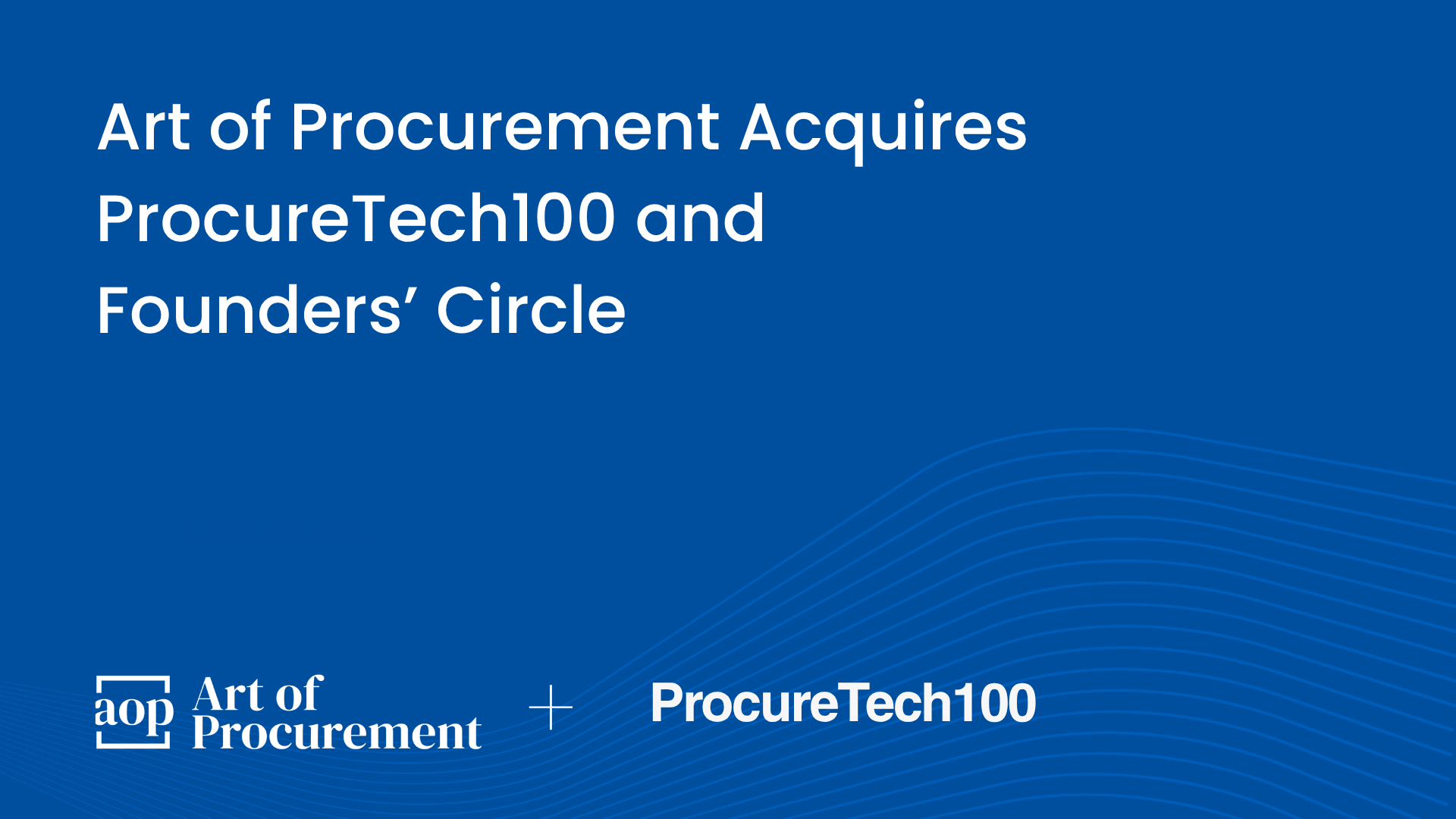2 min read
Opportunities for Data-driven Procurement: From Scrappy to Elegant and All Points In Between
Helen Mackenzie : April 7, 2022

In a recent podcast interview focused on experiential procurement, Philip Ideson asked Tim Jones, former Vice President of Business Operations at Epic Games and former Director of Procurement at Google, a thought-provoking and potentially controversial question:
Should procurement care about the supplier experience?
We all know that having great data is the key to procurement insight and impact, but sometimes the challenge is knowing where to start.
Should you go ‘all in’ and implement an end-to-end tech solution or would a bit of scrappy data analysis be a good place to start?
What’s the best route to a data-driven approach?
That was the topic of discussion at a recent AoP Executive Roundtable, which we hosted with our friends from Suplari. Whilst the journey to data-driven is different depending on the industry and context that executives are in, a number of themes emerged.
-
Take action now
Making the transition from managing everything on spreadsheets to full centralized tech enablement isn’t going to happen overnight. Find ways you can be data-driven by presenting what you have even if it’s a bit scrappy.
The advice was to focus on categories where the stakeholders you’re working with are spending money. Examples shared included indirect categories like travel and consultancy. Remember, even if the data isn’t perfect it’s something you can use to start a data-driven conversation.
-
Involve finance
There was unanimous agreement that not working with colleagues from finance is a surefire recipe for disaster. “In the past, finance snickered behind our backs as our data quality was so limited,” one participant reported. If that’s the case, procurement definitely has work to do.
One strategy proposed that would help to involve finance more is ensuring procurement’s spend data can be easily mapped to the coding structure used by finance. Take action to avoid them always having to ask questions about the data.
And whilst this feels like more work for us to do, the encouraging outcome reported during the roundtable was that engagement with finance helped to elevate procurement’s influence with the business.
-
Use data to ward off the maverick
Even if you are a long way off from an end-to-end solution being implemented, there’s plenty that procurement can do to embrace a data-driven approach. To tackle off-contract spend, try using a basic data analytics tool to present the data in a different way.
Becoming more data-driven can be the first step to increasing the visibility into maverick spend and other missed opportunities for savings. Identifying outliers and starting conversations were the positive results that executives reported from this approach.
-
There will always be challenges
Being data-driven won’t be without its challenges and our roundtable participants had a few to share.
Number one is securing the resources to invest in digital solutions even when there’s a clear business case and documented ROI.
And even when investment is approved, the procurement team’s digital capabilities and capacity to implement that solution may be limited. It’s important to factor the ability to deliver into your plans as you move forward.
-
Be prepared for hard work
For some topics, particularly sustainability or risk, data needs to be updated on a regular basis. Some procurement teams facilitating a data-driven approach update metrics manually to provide the information that the business needs.
The bad news is that this is very labor intensive. The good news is that executives report that the hard work is providing the business case for a tech solution. The importance of being data-driven in these topics areas remains high.
Being data-driven is fast becoming a must-have rather than a nice-to-have for procurement, and elegant solutions are emerging in the digital space for teams to use.
It’s important to make a start even if investment for new tech isn’t immediately forthcoming – there’s lots of potential to move from scrappy to elegant with a bit of imagination, a few basic tools, and some hard work.




